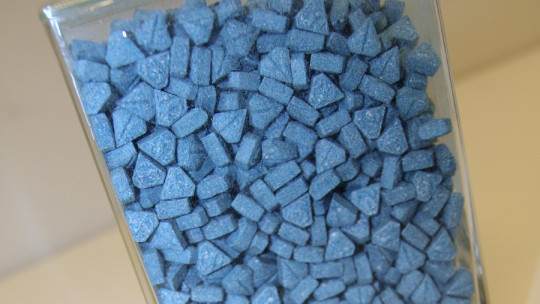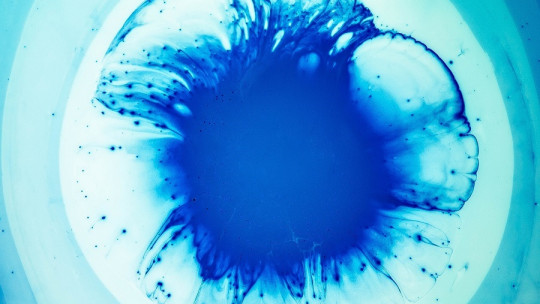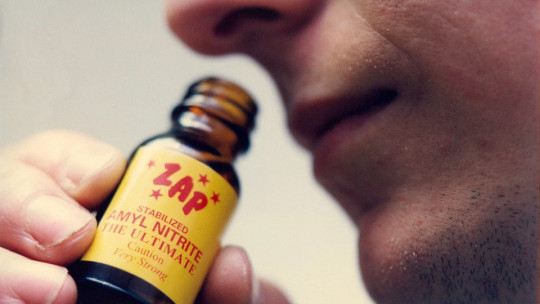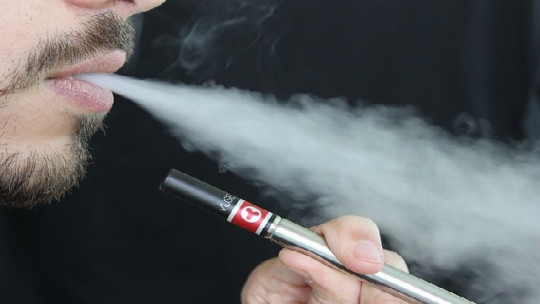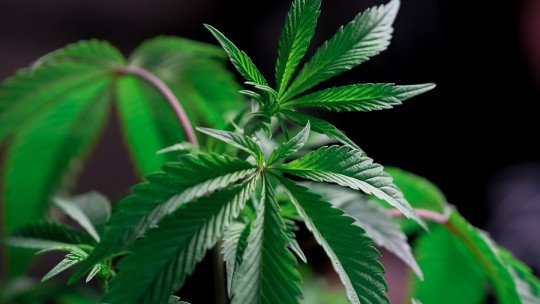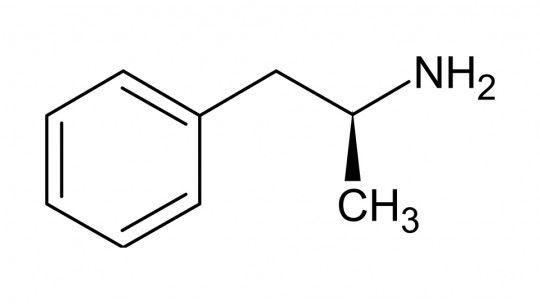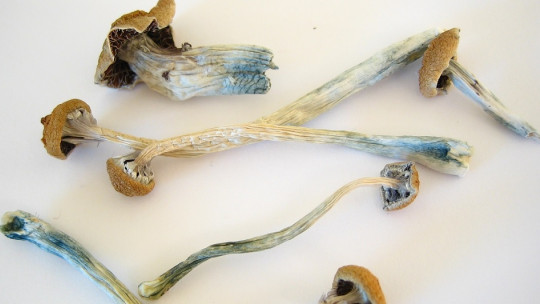
There are a wide variety of substances in nature with different psychoactive effects. Some of them have mainly activating effects, others depressant and others that are characterized by causing hallucinations and perceptual alterations. Many of these substances have been used since ancient times, sometimes for religious purposes.
In other cases, the active ingredients have been extracted from plants or elements that contain them to investigate or seek medicinal use. And in some cases, they are used for recreational purposes. One of the best-known hallucinogenic drugs after amphetamines is mescaline
hallucinogens
Hallucinogens are a type of substance classified within the group of psychodysleptics. These are drugs that generate an alteration in the functioning of the nervous system, their effect on the perception of those who consume them is notable
These effects are based on perceptual alteration, not necessarily in the form of hallucination, together with activation or inhibition of activity that can generate changes in mood. The majority of people who turn to hallucinogens do so in search of mystical or religious experiences, and although they cause dependence, they are not usually consumed as regularly as other types of drugs.
Its consumption is not harmless, can cause different types of problems such as poisoning that can endanger the person who has consumed them, different physiological effects, psychotic episodes, depersonalization, mood disorders caused by substances and even personality changes. The presence of “bad trips” is also common, aversive hallucinatory experiences experienced with a high level of panic and anguish.
There are numerous types of hallucinogens, many of them (and especially the best known) chemically synthesized. However, some of these substances are made from plants existing in nature; This is the case of mescaline.
Mescaline: description of the substance
Mescaline is a psychotomimetic hallucinogen It is a phenylalkylamine alkaloid extracted mainly from two types of cactus, mezcal and the better known peyote, although there are other varieties of cactus such as San Pedro that also contain it.
Initially generates a feeling of euphoria to later move on to a sedation phase The consumption of mescaline causes perceptual alterations, among which stands out vision in which the color of objects is perceived with more intensity and brightness. They also often see geometric patterns.
It is also common for there to be an increase in artistic sensitivity and the perception of both visual and sound art (which is why various artists have occasionally used it). In addition, tends to generate situations of deep introspection and reflection about one’s own life and existence.
Visions and hallucinations may occur of variable nature. The presence of hallucinations usually requires high doses. Sometimes there may be depersonalization and loss of sense of space-time.
The effects tend to appear around half an hour or three-quarters of an hour, and can last between eight and twelve hours. However, in some cases up to twenty-four hours have been recorded. Compared to LSD, mescaline has been described as much less potent and having less of a psychedelic effect.
Action in the brain: mechanism of action
The mechanism of action of mescaline is based on its binding to adrenergic receptors, especially serotonergic receptors, of which it is an agonist. Specifically, there are several types of these receptors that participate in the generation of hallucination, resulting in 5-HT2C and 5-HT2A receptors being closely linked to this type of symptoms
It has also been observed that this substance causes glutamate in the brain, as well as sodium, to not oxidize.
In the case of mescaline, it has been observed that especially to the hypothalamus, an important brain nucleus in which the integration of different information and coordinates the relationship between the neuroendocrine system and the limbic system It affects the regulation of the autonomic nervous system, the perception and management of mood and behavior.
Uses given to this substance
Used since ancient times with religious and spiritual motifs by South American and Central American indigenous tribes (peyote was already used by the Aztecs in religious rituals), it has also been the object of scientific research regarding the exploration of the psyche, self-awareness and perceptual phenomena. Nowadays it is often used for recreational purposes.
However, this type of substance is complicated and expensive to isolate, so it must be taken into account that the version that is usually sold illegally in a large number of cases is adulterated or another substance is directly sold as such (usually LSD).
Side effects and health risks
Mescaline, like other hallucinogenic substances, can cause side effects of varying severity. The most common are the presence of nausea and vomiting.
In cases of poisoning, it is common to present lack of coordination, blurred vision, hyperthermia, increased cardiorespiratory rate and tachycardia, decreased sensitivity and pupillary dilation. It is also common for alterations in space-time perception, hallucinations and sensations of derealization to appear.
In cases of a bad trip, fear, panic and anguish often appear. Likewise, one can quickly go from fear to euphoria, hyperactivity and aggressiveness. Flashbacks and psychotic episodes may appear No cases of withdrawal have been recorded, but tolerance and psychological dependence (although not physical) do occur.

